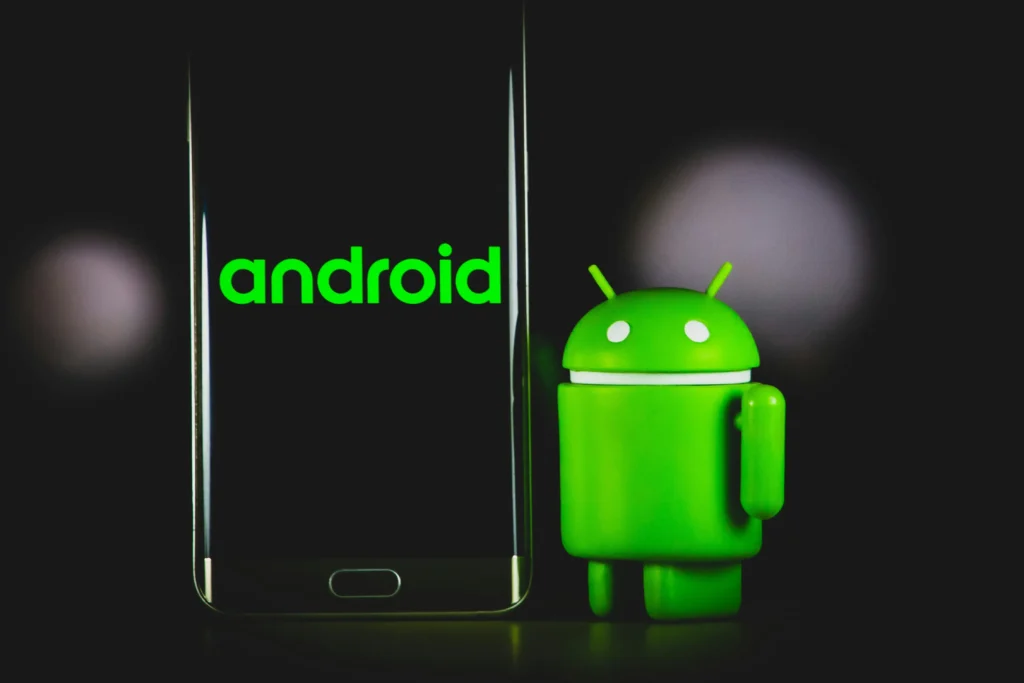When planning a mobile app, understanding the iOS and Android App Development Difference is one of the very first and crucial decisions. Both platforms aim to deliver outstanding user experiences but differ significantly in their ecosystems, development tools, languages, design guidelines, and market reach. Knowing these distinctions will help you select the right platform for your project, streamline development, optimize cost, and better target your audience.
Overview: iOS and Android App Development Difference

The iOS and Android App Development Difference lies in their ecosystems and device diversity. iOS apps are developed exclusively for Apple devices such as iPhones, iPads, and the Apple Watch. This ecosystem is highly controlled, with consistent hardware and software, resulting in predictable performance and fewer device variations to support.
Android apps, by contrast, cater to a vast variety of devices from numerous manufacturers. Android’s open-source nature fuels flexibility but introduces fragmentation challenges, making development and testing more complex due to diverse screen sizes, hardware specs, and OS versions.
Programming Languages Used in iOS and Android
iOS Development: Mainly uses Swift — a fast, modern, and safe programming language — and Objective-C, which is older but still relevant. Swift’s performance and developer-friendly syntax accelerate coding and reduce bugs.
Android Development: Primarily uses Java (the traditional language) and Kotlin, which is now Google’s preferred language due to its concise and expressive syntax. Kotlin adoption is growing rapidly.
Hybrid frameworks like Flutter and React Native are increasingly popular, letting developers write a single codebase that runs on both platforms, balancing speed and cost with near-native performance.
Development Environment and Tools iOS and Android App Development Difference
- iOS: Built in Xcode, Apple’s integrated development environment (IDE). Xcode offers seamless integration with Apple’s frameworks, a powerful simulator for testing, and robust debugging tools — all optimized for the Apple ecosystem.
- Android: Developed primarily in Android Studio, Google’s official IDE that supports a broad range of testing devices, layout preview tools, and flexible build variants, ideal for handling Android’s hardware diversity.
Xcode tends to feel more streamlined and cohesive due to the smaller device range, while Android Studio provides more flexibility but requires handling additional complexity.

Design Guidelines: iOS Human Interface vs Android Material Design
Apple’s Human Interface Guidelines emphasize clarity, depth, and intuitive navigation, creating clean, minimalist, and consistent interfaces that users find natural and easy.
Android’s Material Design uses bold colors, rich layering, and motion to create engaging and dynamic interfaces that adapt well across diverse devices.
Designers must adapt UI elements and navigation flows contextually based on the platform’s conventions to meet user expectations.
App Store Submission and Approval Process Differences
Publishing on the Apple App Store requires strict app review with thorough quality checks, which can take several days. This rigorous process maintains high app quality but may slow launch times.
Google Play’s review process is notably faster and more lenient, often taking just a few hours, allowing for rapid app updates and iteration.
Performance and Device Fragmentation Challenges
iOS offers smoother general performance thanks to tight hardware-software integration and fewer device variants.
Android developers face the challenge of supporting many devices with different screen sizes, processors, memory, and Android OS versions, which increases development and testing time and costs.
Cost and Time Estimates for Developing iOS and Android Apps
iOS development usually requires less time and lower maintenance costs due to fewer devices and OS versions to support, meaning faster testing and release cycles.
Android development tends to be more expensive and slower primarily because of device fragmentation but gives access to a larger global audience, especially in emerging markets.
Project complexity, desired features, and chosen development frameworks (native vs cross-platform) heavily influence final development costs and timelines.
Choosing the Right Platform for Your App Project
- If targeting affluent or developed markets like the US, Canada, or Europe, iOS development is often preferable for higher user spending and engagement.
- If maximizing global reach, particularly in emerging markets such as India, Brazil, or Southeast Asia, Android is the strategic choice.
- Cross-platform development offers the best of both worlds if you want to deploy simultaneously across iOS and Android efficiently.
Enhance your project’s success with our professional app development service, tailored for both iOS and Android platforms.
FAQ About iOS and Android App Development Difference
Q1: What is the main difference between iOS and Android app development?
A1: iOS development involves Apple’s controlled ecosystem using Swift/Xcode, while Android development addresses diverse devices and OS versions using Java/Kotlin with Android Studio.
Q2: Who earns more, an iOS or Android developer?
A2: On average, iOS developers command slightly higher salaries, especially in developed markets, but this varies by region and expertise.
Q3: What’s the biggest challenge in Android development?
A3: Device and OS fragmentation, requiring extensive testing and optimization for many hardware types.
Q4: Which app store has a faster approval process?
A4: Google Play’s review is faster and more lenient compared to Apple’s strict App Store process.
